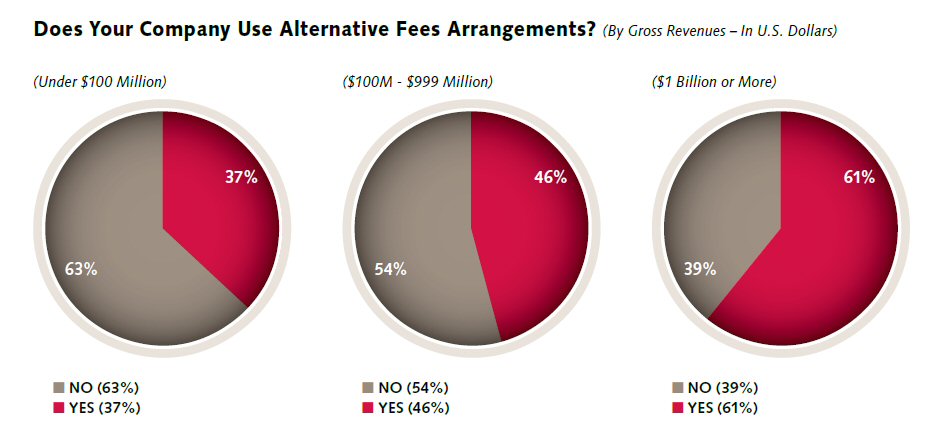Six Magic Words That Overcome a Competitor's Low Price
Check out this forthright new blog post by Trey Ryder on Law Practice Advisor:
You tell your prospect that you bill at $350 per hour. Your prospect responds by saying, "But another lawyer I interviewed charges only $175 per hour." Now, what should you say?
One powerful way to respond to your prospect's comment is to get out a piece of paper and divide the sheet into two vertical columns. Put your name at the top of one column and the other lawyer's name over the second.
|
In the first column, write down all the specific services, tasks and documents you include in your fee.
|
In the second column, write down all the specific services, tasks and documents your competitor includes in his fee. In all likelihood, you won't know everything your competitor includes and neither will your prospect.
|
So, the certainty of knowing exactly what you provide -- and the uncertainty of not knowing what your competitor provides -- allow your prospect to see clearly on paper "what he gets for his money" when he hires you. But -- what do you do if your prospect raises the issue at your seminar? Or at a luncheon meeting? Or during a phone consultation? In these examples, taking out a sheet of paper for your two-column demonstration isn't practical.
Speak with confidence
So here's what you do instead. Click Six Magic Words That Overcome a Competitor’s Low Price to see the rest of the article.
 A law firm’s chances of winning an RFP drop to less than 12% if it hasn't helped their client prepare the RFP, according to
A law firm’s chances of winning an RFP drop to less than 12% if it hasn't helped their client prepare the RFP, according to  Larry Bodine is a journalist, lawyer and business development advisor to law firms. He is currently pursuing a project to publish legal news for consumers in newspapers, TV stations and web sites. For more information, you can reach him at 520.577.9759 and larrybodine.com.
Larry Bodine is a journalist, lawyer and business development advisor to law firms. He is currently pursuing a project to publish legal news for consumers in newspapers, TV stations and web sites. For more information, you can reach him at 520.577.9759 and larrybodine.com..jpg)
.jpg) Larry Bodine is a journalist, lawyer and business development advisor to law firms. He is currently pursuing a project to publish legal news for consumers in newspapers, TV stations and web sites. For more information, you can reach him at 520.577.9759 and larrybodine.com.
Larry Bodine is a journalist, lawyer and business development advisor to law firms. He is currently pursuing a project to publish legal news for consumers in newspapers, TV stations and web sites. For more information, you can reach him at 520.577.9759 and larrybodine.com.



.jpg) "Mass over-distribution of Yellow Pages has degraded our environment and blighted our neighborhoods," said San Francisco Board of Supervisors President David Chiu, the lead sponsor of a
"Mass over-distribution of Yellow Pages has degraded our environment and blighted our neighborhoods," said San Francisco Board of Supervisors President David Chiu, the lead sponsor of a 


